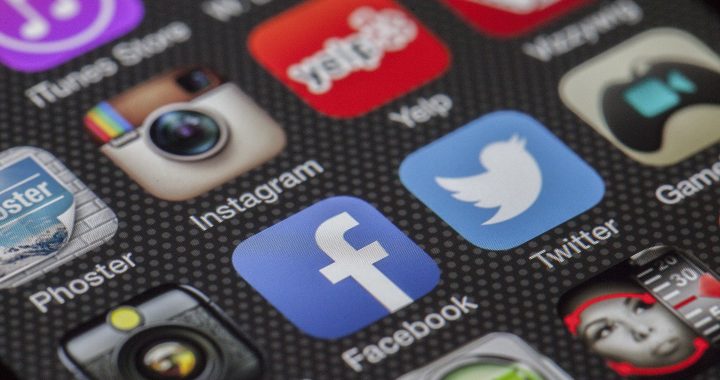Here’s What You Need to Know Before Building a Healthcare Application
4 min read
Last Updated on August 3, 2021 by Aaron Thompson
Developing an effective and efficient healthcare mobile application can literally save lives. However, before you calculate your finances or talk to an agency, make sure your healthcare mobile application follows the below-mentioned 6 steps for a successful healthcare application.
According to a report released by Accenture, poor healthcare applications could cost hospitals $100 million a year. Undoubtedly there are thousands of healthcare apps in the Play Store and App Store. But are they all effective? Are the patients indeed using those apps? Well, not really.
While more than 65 of the 100 largest hospitals in the United States offer customers mobile healthcare applications, merely 2% of patients are actually using the apps, says another report published by Accenture.
Wondering why? Well, not aligning the app’s functions and user experience with patients’ expectations, most of the time, these healthcare apps are failing to attract patients. For instance, only 11% of the hospital applications offer at least one of the three functions that patients desire most such as accessibility to medical records, ability to cancel and reschedule appointments, request prescription refills, etc. according to the report.
Whether you are developing a healthcare app for medical or hospital use or a normal self-care app to stay healthy, there are a few things that you should consider to make your app a successful one.
Decide what kind of healthcare app you want to build
Before you think of building a healthcare app, you must first decide where your application idea fits within the eHealth field. Still don’t understand what we are talking about? Just take a look at this and see in which category your eHealth app comes under:
-> Diagnosischatbots
-> Mobile medication alerts
->Geolocation or geofencing
-> Phone-to-text capabilities
Well, if you are not too familiar with the healthcare field, it’s quite easy to get lost while trying to figure out in which category your application comes under. So to eliminate the gray part, you can familiarize yourself with the primary types of healthcare applications.
- Clinical assistance apps
- Scheduling and reminder apps
- Telehealth and remote monitoring apps
- Health and lifestyle apps
Identify what functions and features will best serve your users
Once you decide what type of healthcare application you want to develop, you can start working on the functions and features that you think existing applications lack. For example, a medical resource application doesn’t require a dashboard that displays analytics, however, clinical assistance or lifestyle application may need one. Below mentioned are some of the functions that your users may need in the healthcare apps:
- Dashboards
- Reports and analytics
- Payment gateway
- Doctor profiles &geolocation
- Patient portal
- Real-time chat and video
Compliance and privacy research
Privacy of your users is one of the most important things to consider when building healthcare mobile applications. Unlike other digital privacy and security issues, mobile health applications are subject to stringent laws in the name of patient and practitioner protection.
You need to get certain certifications for your healthcare app via HIPAA (Health Insurance Portability and Accountability Act) to ensure patients’ confidential data. You can check on HIPAA official website to know what to do exactly for apps that comply with HIPAA regulations.
Narrow down what platforms and devices you want your app to support
Regardless of the type of healthcare application you build, you need to know where most of your users are and what platform they are using.
Mobile devices including tablets and smartwatches will provide instant access to your application for your users. For computers and laptops, you could either have your app run more in-depth functionalities or the same ones as the mobile version. The world is filled with more than 70% of Android users and nearly 30% with iOS. So in order to increase the app reachability and visibility, building native applications in both Android and iOS is recommended for better performance. You could also opt for cross-platform applications.
Better UI/UX design
An effective user interface (UI) and user experience (UX) are important factors for customer retention. Given the fact that many users will soon uninstall an app if they find the UI/UX too complicated. This case is especially true in healthcare apps. Put yourself in your users’ shoes who rely on healthcare apps and must enter medical data every couple of hours. Maintain a simple, easy-to-understand design for your application.
Test, test, and test
Nobody can tell you if your app is going to fail or succeed. The only way you can make sure there are no errors or bugs in your app is by testing it rigorously. Test it five times, ten times, or hundred times before you are really sure of the performance of your app. Of course, testing before making it live on the Play Store doesn’t mean that you don’t or can’t do it after the app is live. You continuously keep on making modifications based on the feedback and reviews that your users provide you on multiple platforms. Nonetheless, give your users something worthwhile while you work on improving your app.





